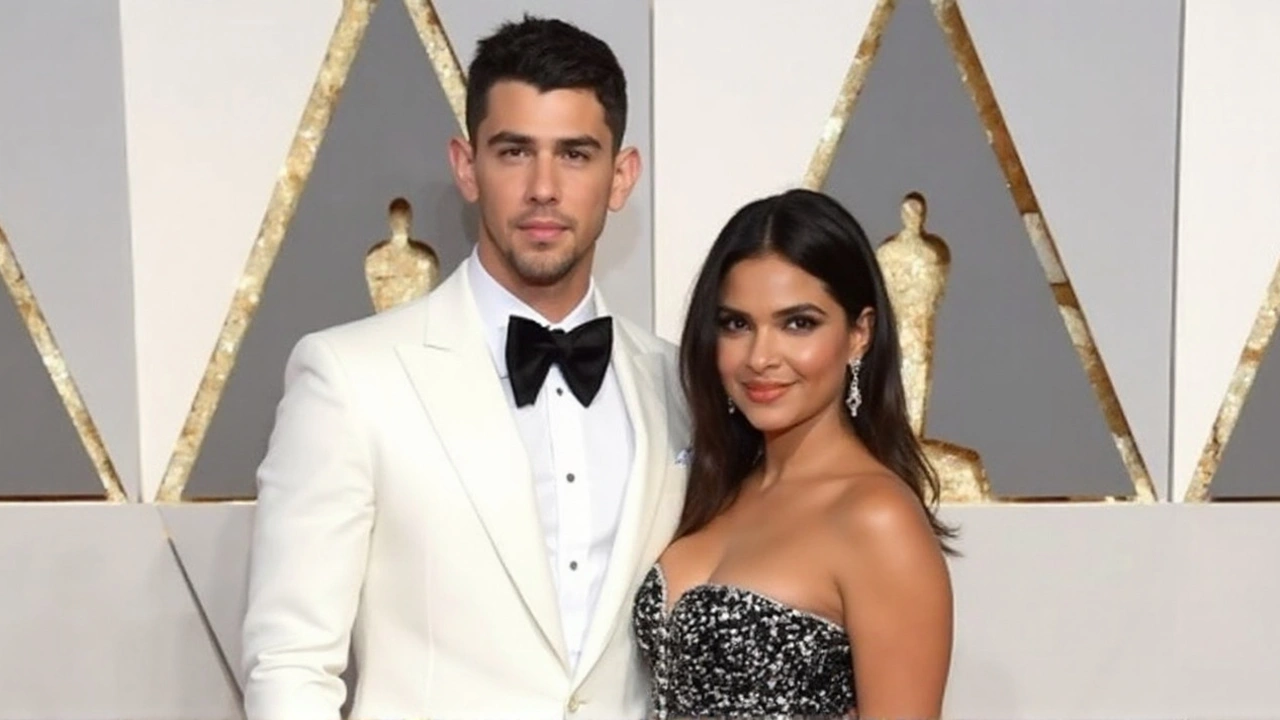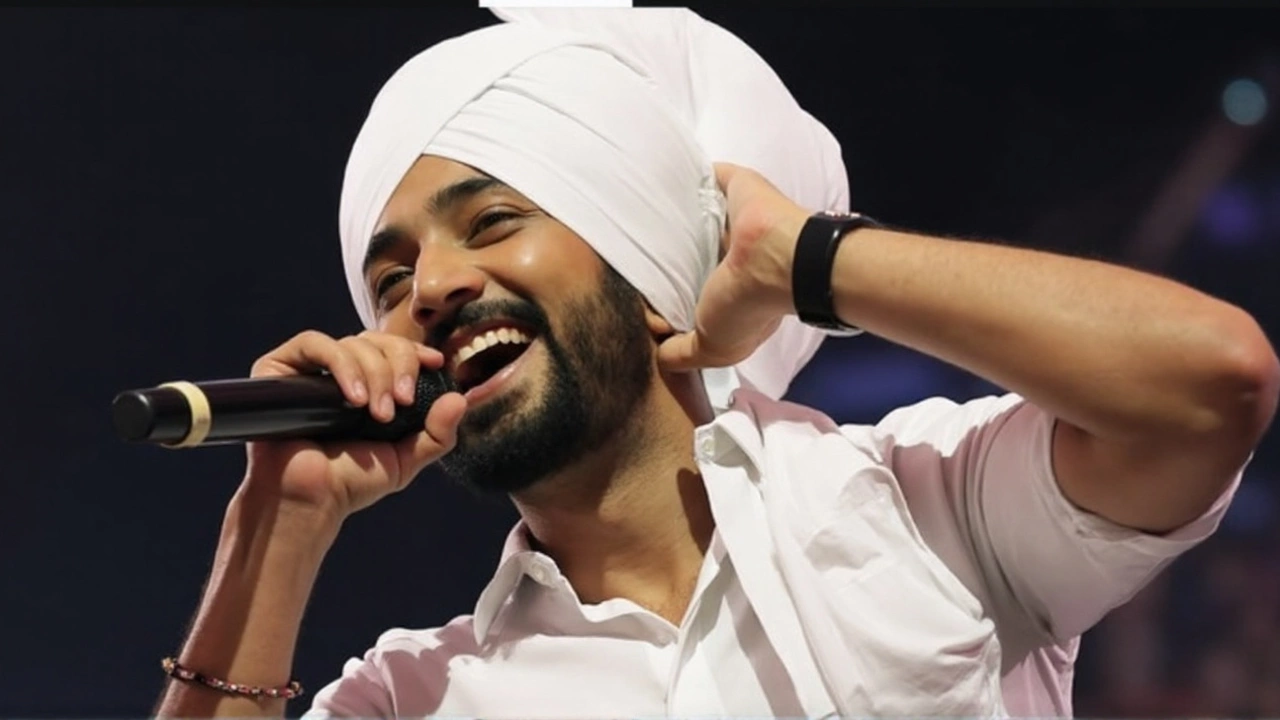The rise of Diljit Dosanjh reads like a blueprint for how a regional artist can conquer the global stage without losing identity. He started out singing devotional hymns in Punjab, then built a pop career that now draws sold-out crowds from Vancouver to London. His fees run into crores for a single show, and yet the brand rests on a simple promise: keep the sound Punjabi, make the experience world-class.
From Devotional Singer to Chart Regular
Born in Dosanjh Kalan near Jalandhar, he entered music in 2002 with the discipline of someone trained in gurudwaras. That grounding mattered. It kept his voice rooted in Punjabi traditions even as his sound evolved with hip-hop beats, glossy production, and arena-scale hooks.
By the mid-2000s, albums like Chocolate pushed him into heavy rotation across Punjab’s music channels. The real inflection came with Proper Patola—a slick, swaggering single that did two things at once: it cemented him as a hitmaker and became the first Punjabi track to premiere on Vevo. The message to the industry was clear: Punjabi pop had the craft and confidence to play on global platforms.
A second wave arrived in 2020. His 11th album, G.O.A.T., detonated on social media and helped him break into Billboard’s Social 50—rare air for an Indian artist. The record later climbed to No. 1 on Billboard’s Top Triller Global chart, powered by short-form video virality and diaspora fandom. In 2021, Moonchild Era reached No. 32 on the Billboard Canadian Albums Chart. By then he had achieved a first for an Indian artist: three different albums appearing across Billboard charts.
Then came the business pivot that unlocked scale. In March 2022, he signed with Warner Music, his first partnership with a major label. That deal turbocharged distribution, playlisting, and localized marketing in North America and Europe. The catalog moved faster; the audience got wider; the shows got bigger.
Coachella 2023 sealed the crossover. On a sunlit California afternoon, he walked on stage in a black kurta and turban, told the crowd to feel the vibe even if they didn’t understand Punjabi, and worked a field that usually belongs to English-language pop. Diplo dancing to Patiala Peg went viral for a reason: a Punjabi set had landed at one of the world’s most watched festivals and looked perfectly at home.
He didn’t stop at music. In Punjabi cinema, hits like Jatt & Juliet and Punjab 1984 showed his range—from romantic comedy timing to gritty drama. In 2016, Udta Punjab handed him mainstream Bollywood visibility and a Filmfare Award for Best Male Debut. Five years later, he turned producer with Honsla Rakh, a crowd-pleasing comedy that opened at Rs 5.05 crore—the best opening day ever for a Punjabi film at the time.
In 2024, he took on Amar Singh Chamkila for Imtiaz Ali’s Netflix biopic, opposite Parineeti Chopra. This wasn’t a star cameo. He studied Chamkila’s performance style, scaled down his own, and delivered a tightly controlled portrayal that critics said lived in the eyes—restless, ambitious, constantly reading the room.

Breaking the Language Barrier: Touring, Films, and the Business of a Global Punjabi Star
How does a Punjabi artist sell out arenas across continents? Part of it is the diaspora. Punjabi families across Canada, the U.K., and the U.S. are hungry for homegrown heroes at the scale of Western pop. Part of it is curation. He builds setlists that swing from bhangra bangers to emotive ballads, stitches in hip-hop textures, and keeps the banter bilingual. Even if you don’t speak the language, you feel the lift.
The stagecraft is studied. Tight live bands, crisp dhol sections, LED-heavy production, and a fashion identity that never budges—turbans color-coordinated with jackets and sneakers. It’s high production without erasing roots. You recognize it instantly on a feed: that’s a Diljit show.
Pricing reflects demand. In major markets, promoters report tickets moving fast at premium tiers, and appearance fees that stretch into crores per night. Merchandise—caps, hoodies, tour drops—adds an extra revenue layer. The net effect: touring is not just promotion; it’s the core business.
Streaming and social media complete the flywheel. His catalog is engineered for replay: sharp hooks, clean mixes, and danceable tempos that work on short-form video. G.O.A.T. wasn’t an anomaly; it showed how a Punjabi album could be built for global consumption without English choruses. Moonchild Era underlined it with deeper R&B textures and moodier palette.
Strategic collaborations help widen the door. A 2023 single with Sia, Hass Hass, introduced his tone and cadence to a fresh pop audience without forcing a stylistic compromise. Expect more selective crossovers like that—one big mainstream feature a year is enough to keep awareness high without diluting the core sound.
His acting choices mirror the music strategy: alternate between box-office plays and risks that stretch the craft. Udta Punjab gave him big-city credibility. Honsla Rakh showed he could open a film. Chamkila proved he could disappear into a real person and carry the emotional weight. The result is a bankable screen presence that pulls in both Punjabi and Hindi viewers.
The cultural impact isn’t abstract. In 2021, he was named to the Sikh 100 list for raising global visibility for Sikh and Punjabi culture. Onstage, he’s careful with symbolism—how he wears the turban, which instruments lead the mix, which folklore references surface in lyrics. The message lands: you can be modern and rooted at once.
Industry-wise, his rise is a case study in infrastructure. Punjabi music has long had stars, but global lift needed three things: reliable distribution, compelling live production, and a narrative that plays in the West. The Warner Music alliance solved the first; bigger budgets solved the second; Coachella and consistent touring solved the third.
None of this works without songs that travel. Proper Patola still pops on dance floors. Tracks like Patiala Peg and G.O.A.T. anchor setlists years after release. And the newer material leans into clean, chantable refrains—easy on non-Punjabi tongues, heavy on rhythm so the beat carries the meaning.
There’s also a persona at work. Offstage, he keeps it light—goofy cooking clips, gym check-ins, and quick reactions to pop culture. Onstage, he flips to polished showman, comfortable commanding a 15,000-seat room. That split keeps him approachable without shrinking the myth.
For younger Punjabi artists, the lesson is specific: invest in stagecraft, learn tempo for live crowds, value visual identity, and negotiate hard on distribution. Own the sound; outsource the pipes that move it globally. If the art is local and the system is global, the results can be extraordinary.
Key milestones that shaped the arc:
- 2002: Debut in Punjab’s music scene after years singing in gurudwaras.
- Mid-2000s: Albums like Chocolate build a regional fanbase.
- 2013: Proper Patola becomes the first Punjabi track to premiere on Vevo.
- 2020: G.O.A.T. hits Billboard’s Social 50; later tops Top Triller Global.
- 2021: Moonchild Era reaches No. 32 on Billboard Canadian Albums Chart; three separate entries across Billboard charts.
- 2021: Produces Honsla Rakh; records the highest Punjabi opening day at Rs 5.05 crore.
- 2022: Signs with Warner Music for global distribution.
- 2023: First Indian Punjabi artist to perform at Coachella.
- 2024: Plays Amar Singh Chamkila in Imtiaz Ali’s Netflix biopic to wide acclaim.
The larger story sits beyond one artist. Regional languages are punching through language barriers because the live experience is undeniable. When the beat drops and a dholline kicks in, translation is optional. That’s why this model—authentic sound, global system—has legs. It’s not a trend; it’s an operating playbook.
What comes next? More arenas, smarter collabs, and likely bigger film swings. The demand curve is still climbing, especially in North America. As long as the songs stay rooted and the shows stay sharp, the Punjabi wave he’s riding—and shaping—has room to rise.
